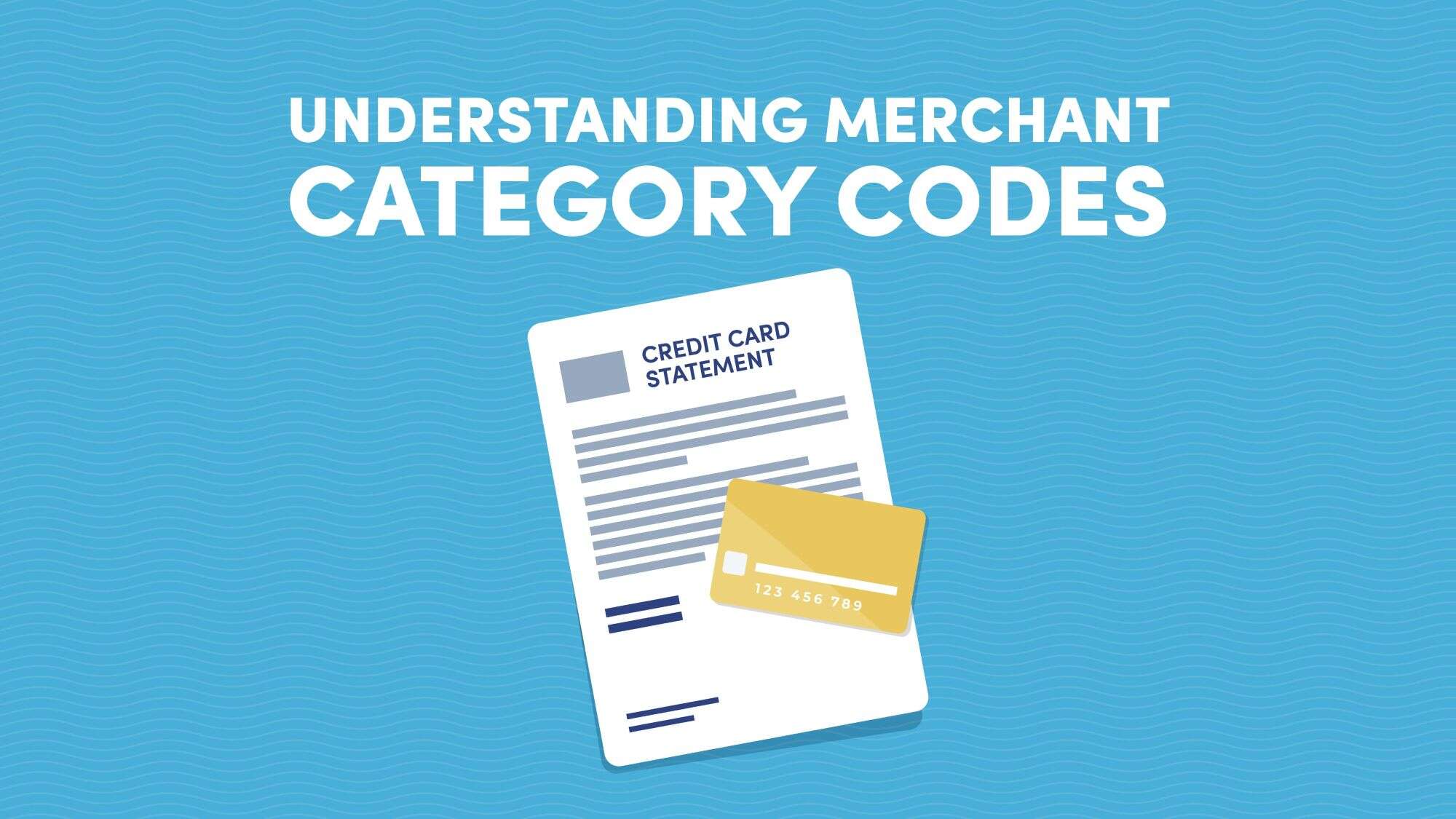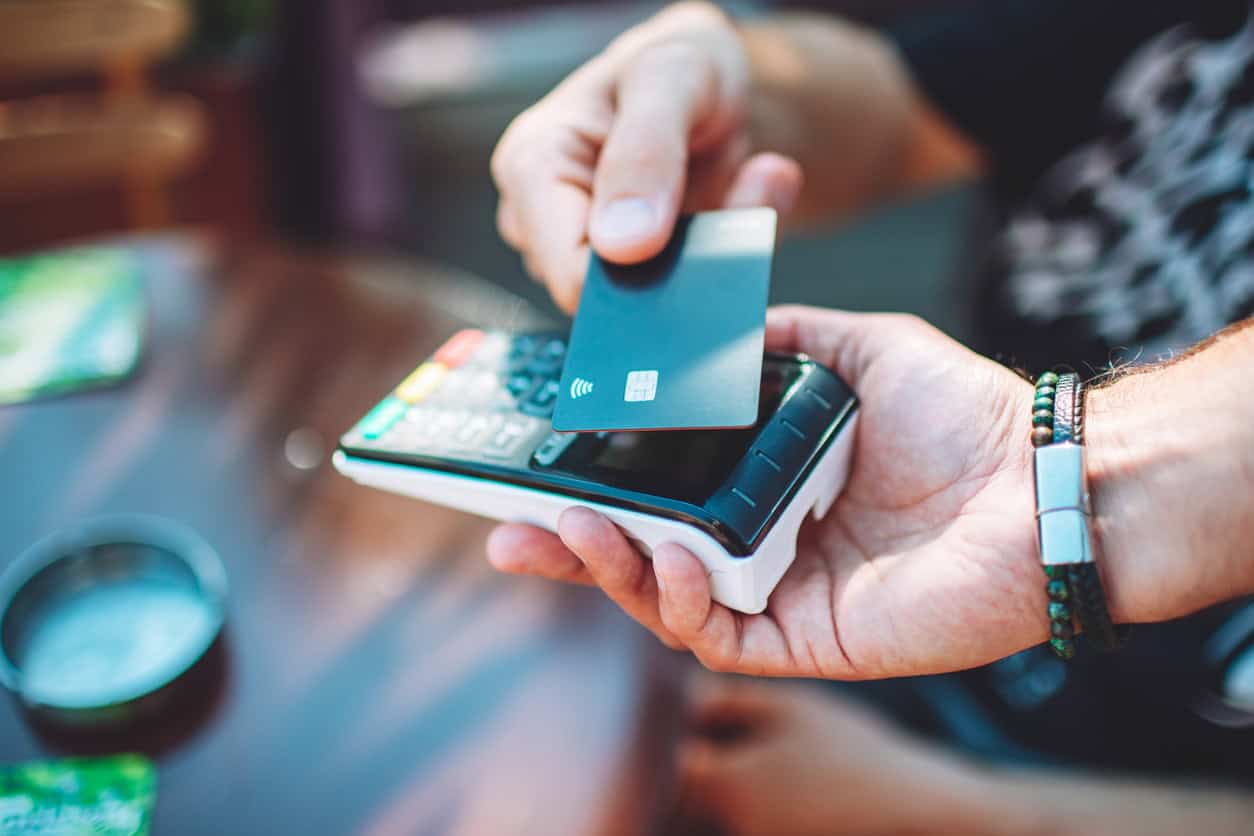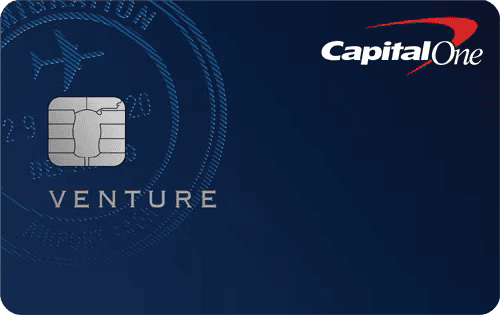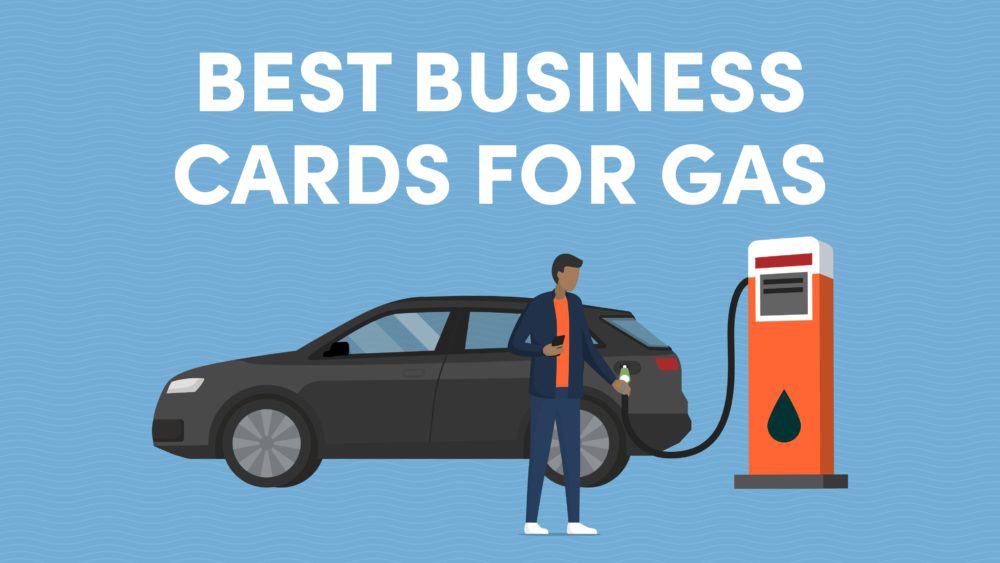
10xTravel is part of an affiliate sales network and receives compensation for sending traffic to partner sites, such as CreditCards.com. This site may earn compensation when a customer clicks on a link, when an application is approved, or when an account is opened. This compensation may impact how and where links appear on this site. This site does not include all financial companies or all available financial offers. Terms apply to American Express benefits and offers. Enrollment may be required for select American Express benefits and offers. Visit americanexpress.com to learn more. All values of Membership Rewards are assigned based on the assumption, experience and opinions of the 10xTravel team and represent an estimate and not an actual value of points. Estimated value is not a fixed value and may not be the typical value enjoyed by card members.
Note: Some of the offers mentioned below may have changed or may no longer be available. The content on this page is accurate as of the posting date; however, some of our partner offers may have expired. You can view current offers here.
Citi is an advertising partner.
Merchant Category Codes (MCCs) are the bridge between your credit cards and the rewards you receive. Without MCCs, our credit cards wouldn’t know when to give us 4X points on grocery shopping or 3X points on restaurants.
Understanding how MMCs work is key to predicting the rewards you’ll receive on your spending. In turn, this knowledge helps when it comes to choosing new credit cards to add to your wallet.
Let’s run through the ins and outs of Merchant Category Codes.
What Are Merchant Category Codes?
Merchant Category Codes are used by credit card issuers to categorize payments based on the type of merchant with whom the purchase was made. The MCC is a four-digit code assigned by the payment network—Visa, Mastercard, Discover and American Express—to specific types of merchants.
Here are some examples of MCCs used by Citi to classify their merchants under the “Contracted Services” category:
| Merchant Category Code | Description of services |
|---|---|
| 1520 | General Contractors—Residential and Commercial |
| 1711 | Air Conditioning, Heating and Plumbing Contractors |
| 1731 | Electrical Contractors |
| 1740 | Insulation, Masonry, Plastering, Stonework and Tile Setting Contractors |
| 1750 | Carpentry Contractors |
| 1761 | Roofing and Siding, Sheet Metal Work Contractors |
| 1771 | Concrete Work Contractors |
| 1799 | Contractors, Special Trade Contractors–not elsewhere classified |
| 2741 | Miscellaneous Publishing and Printing |
| 2791 | Typesetting, Plate Making and Related Services |
| 2842 | Sanitation, Polishing and Specialty Cleaning Preparations |
Merchant Category Codes are based on the merchant codes used by the Standard Industrial Classification (SIC) and the International Organization for Standardization (ISO). However, while certain card issuers may share a number of the same MCCs based on their ISO and SIC codes, not every MCC is standardized across issuers.
For example, in its Merchant Data Standards Manual, Visa states the following:
“In many cases, Visa has consolidated several SIC codes into one MCC to manage the number of MCCs. In other cases, such as for T&E and direct marketing Merchants, Visa established MCCs that do not have corresponding SIC codes.”
Additionally, airlines, rental car agencies and hotels tend to have individual MCCs, while other merchants are often grouped together under a single MCC.

Why Are Merchant Category Codes Important?
In short, Merchant Category Codes determine whether or not you receive bonus category reward rates on your spending.
For example, the Citi® / AAdvantage® Platinum Select® World Elite Mastercard earns 2X miles per dollar spent at restaurants, gas stations and on eligible American Airlines purchases. Citi uses the MCC 5812 for merchants that fall into the “Eating Places and Restaurants” category. That means you’d earn 2X miles per dollar spent for every purchase that codes as 5812.
Importantly, however, if you were to use your Citi card at a restaurant located inside a department store, your purchase might instead code as 5311 (Department Stores) rather than 5812. That means you’d be ineligible for earning 2X miles per dollar spent.
Coincidentally, Citi also includes cafes, bars, lounges and fast food restaurants under their definition of restaurants, meaning that you’d earn 2X miles on purchases coding as 5813 (Bars, Cocktail Lounges, Discotheques, Nightclubs and Taverns–Drinking Places (Alcoholic Beverages)) and 5814 (Fast Food Restaurants).
This is crucial to know as card issuer bonus spending category definitions vary widely.
For instance, cards that earn bonus rewards on travel purchases typically always include airlines, hotels and rental car agencies under their travel category. However, other MCCs such as bridge and road tolls, taxi cabs and limousines, railroads and timeshares are included by some, but not all, card issuers under the definition of travel purchases. Depending on which card you use, you may earn bonus points on a wider range of purchases (i.e. MCCs) even if the bonus category is the same between cards.
Likewise, stores such as Target and Walmart are typically excluded from cards that earn bonus rewards on groceries. That means even if purchases made with these merchants code as grocery shopping, you still won’t earn any bonus rewards with them.
You should also keep in mind that your purchases can code differently even within the same store. This is typical in department stores or superstores where there’s a large variety of goods for sale and multiple check-out counters.
How to Find a Merchant’s MCC
You can find out a merchant’s MCC by looking at your credit card statement. Next to a purchase, you’ll see either a description of the merchant’s services or the four-digit MCC.
If you want to find out a merchant’s MCC before making a purchase, you can contact the merchant directly to ask what their MCC is. You can also contact your card issuer to find out how the purchase will code.
Alternatively, you could make a smaller purchase with the same merchant and then check your card statement to find out exactly how the purchase codes.
There’s also a handy Merchant Lookup Tool you can check out, though contacting the merchant directly or viewing it on your card statement will likely be the most accurate way of finding them.
Final Thoughts
While Merchant Category Codes may seem like a small detail, they can be the difference between earning 5X points per dollar spent or No points at all.
Being aware of how your purchases code, your card issuer’s definitions of certain bonus spending categories and any exclusions will ensure you earn the rewards you expect—and deserve—to earn.
New to the world of points and miles? The Chase Sapphire Preferred® Card is the best card to start with.
With a bonus of 75,000 bonus points after you spend $5,000 on purchases in the first 3 months from account opening. , 5x points on travel booked through the Chase TravelSM Portal and 3x points on restaurants, streaming services, and online groceries (excluding Target, Walmart, and wholesale clubs), this card truly cannot be beat for getting started!
Editors Note: Opinions expressed here are author’s alone, not those of any bank, credit card issuer, hotel, airline, or other entity. This content has not been reviewed, approved or otherwise endorsed by any of the entities included within the post.









